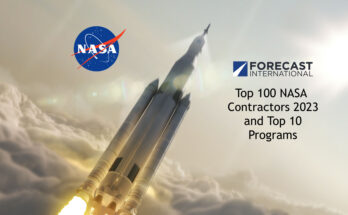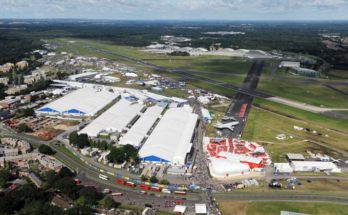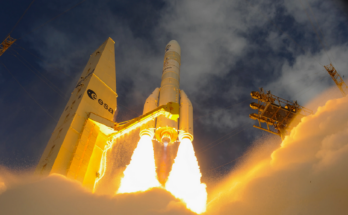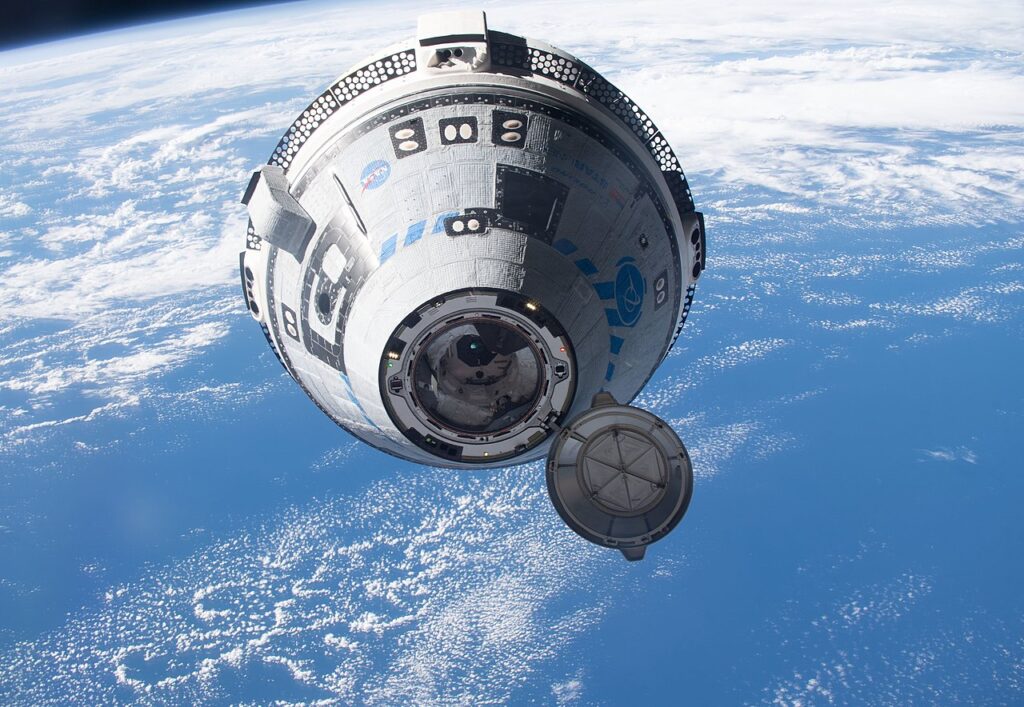
Ferrying astronauts, cosmonauts and cargo to the International Space Station (ISS) has been carried out by a myriad of spacecraft over the life of the station. From Soyuz to the Space Shuttle, supplying the ISS is an international effort. A new entrant, the Boeing Starliner, is set to fly crew to the station. The CST-100, also known as the Starliner, is reportedly ready for its first crewed flight in May of this year.
The upcoming launch will feature two crew and will launch on May 6 as of writing. Currently, SpaceX’s Dragon capsule is the only American spacecraft delivering crew to the ISS. Both Starliner and Dragon fall under the Commercial Crew Transportation Capability (CCtCap) contract. NASA’s Commercial Crew Transportation Capability contract, initiated in 2010, aimed to end US reliance on Russian Soyuz capsules for astronaut transportation to the International Space Station (ISS). Through a competitive selection process, CCtCap provided funding to private companies to develop safe and reliable human spaceflight systems. This public-private partnership fostered innovation and ultimately led to the creation of Boeing’s Starliner and SpaceX’s Crew Dragon capsules. After test flights, Boeing has six Starliner flights under the CCtCap contract
Boeing’s Starliner has had numerous issues since its first and later second orbital test flight (both featured no crew); however, it appears Boeing has solved these problems.
Boeing Orbital Flight Test (Boe-OFT)
The CST-100’s first mission (Boe-OFT) was conducted on December 20, 2019. After a successful launch aboard an Atlas V, the spacecraft suffered an anomaly that caused it to use more fuel than planned. A rendezvous with the ISS therefore had to be canceled.
Despite the anomaly, the Starliner could still fulfill certain mission objectives, such as a successful return to Earth. Flight controllers placed the CST-100 into an orbit that would bring the capsule to a safe landing.
On December 22, 2019, the Starliner’s crew module successfully landed at the U.S. Army’s White Sands Missile Range. This was the first American capsule to land on solid ground in the United States rather than in the ocean. Reportedly, an analysis of the mission data showed it to have a success rate of 60-90 percent.
Boeing Orbital Flight Test 2 (Boe-OFT-2)
The Boe-OFT 2 mission launched in 2022. During the orbital insertion burn, two thrusters failed; however, this did not affect the mission as backup thrusters were used. The docking to the ISS went nominally, and the spacecraft remained on the ISS for approximately five days. On May 25, 2022, the Starliner undocked and landed in White Sands New Mexico.
This successful test flight marked a significant milestone for Boeing. It demonstrated the Starliner’s capability to safely complete a full mission profile, including launch, docking, crew provisions exchange, and landing. This achievement is particularly important because it paves the way for future crewed missions to the ISS. If all goes well, Starliner could potentially restore the ability to launch American astronauts from US soil for the first time since the Space Shuttle program ended in 2011. This would mark a major step forward in American spaceflight capabilities.
Post OFT
Following the successful OFT-2 mission in May 2022, Starliner remained grounded while Boeing and NASA focused on final preparations for the first crewed flight test, CFT. This crewed mission, originally planned for later in 2022, has since been pushed back to no earlier than May 2024.
Despite the successful docking on OFT-2, there were minor adjustments needed. Although details of specific fixes are limited, Boeing likely addressed the thruster issue and likely made other adjustments based on overall flight data. Additionally, Boeing likely made refinements to software and procedures based on the overall flight data to optimize Starliner’s performance and crew experience.
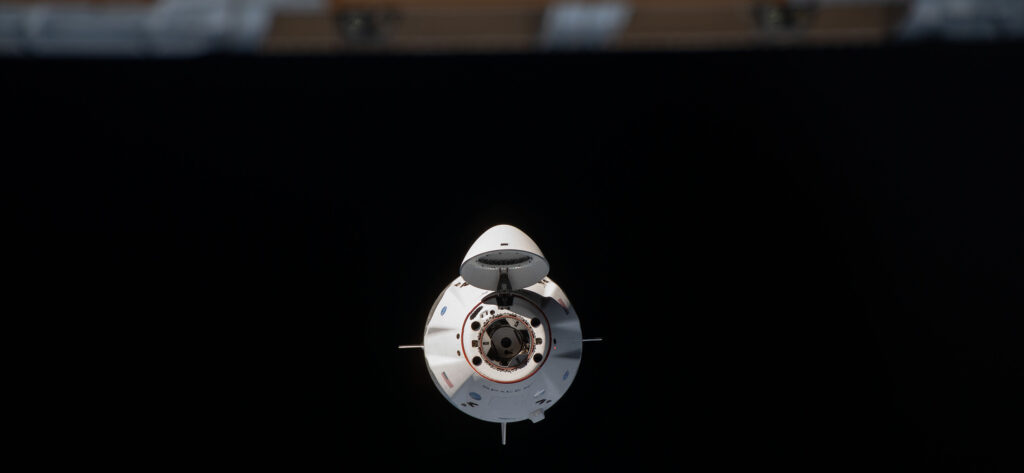
Conclusion
The addition of Starliner to the lineup will have some effects on the Space market moving forward. A successful Starliner program would solidify the presence of multiple American companies in the crew transportation market. With Dragon and Starliner, the United States has successfully returned to bringing crew to the ISS on domestic craft. This could attract more private investment and encourage the development of a robust commercial spaceflight industry, potentially leading to more opportunities for space tourism and research.
Dragon and Starliner also greatly decrease reliance on Roscosmos’ Soyuz system. With the current war in Ukraine grinding on, future relations between Russia and the West may become even more strained. As previously reported by Forecast International and namely Radio Free Europe, Kazakhstan has had past issues with Russia launching from their soil (missions to the ISS take place from Baikonur, Kazakhstan). If Soyuz becomes unavailable, the U.S. is in a good position to pick up the slack with Dragon and Starliner. As it currently stands, U.S. and member nations will operate the ISS until 2030, and Russia until 2028.
Carter Palmer has long held a keen interest in military matters and aviation. As a FI's space systems analyst he is responsible for updating the reports and analyses within the Space Systems Forecast – Launch Vehicles & Manned Platforms and Space Systems Forecast – Satellites & Spacecraft products.


